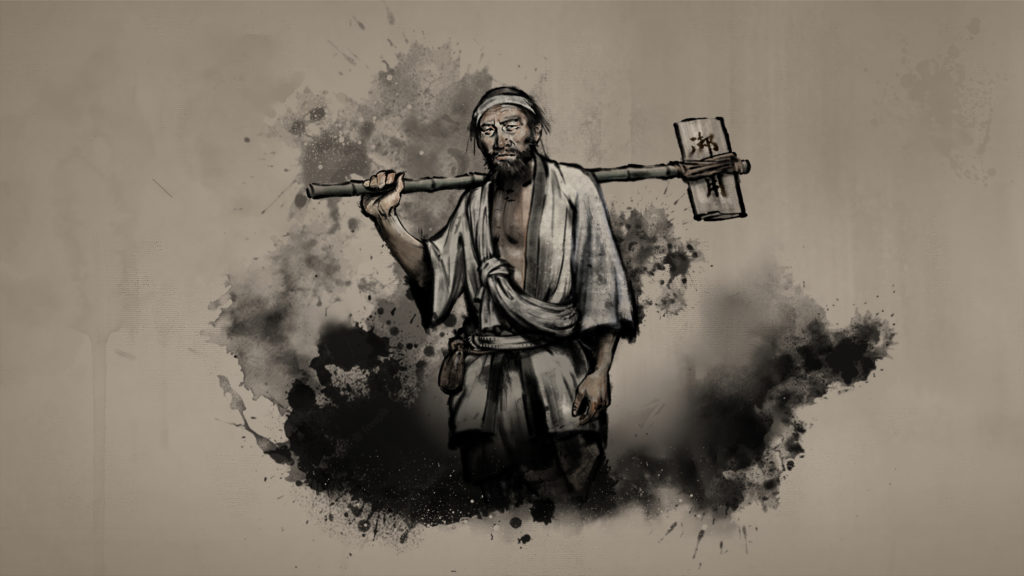
Early on in the history of Japan, a unique and complex network was created to ensure the speedy delivery of letters and items. This system was made possible by using fast messengers, called hikyaku. These fast-moving couriers became a vital part of Japanese society.
The origins of hikyaku can be traced back to the Heian period in Japan (794-1185). At that time, there was a need for a quick and efficient way to deliver important messages and documents between the capital city of Kyoto and outlying areas. This led to the development of a courier service using hikyaku, or runners.
Over time, this system of runners became more formalized and different ranks of hikyaku were developed, taking into account each individual’s skill and experience. Eventually, courier stations were also established across the country to serve as relay points for hikyaku on their journeys. This allowed for messages to be sent more quickly by utilizing multiple runners and safeguards to ensure safe delivery.
Hikyaku were often young men or boys, as they were considered to be more reliable than adults and willing to do hard jobs. They would undergo rigorous training in order to prepare for the journeys they would be taking. Once deemed ready, they would be given a message or package to deliver and set off on foot or by horseback to their destination. They usually wore only a loincloth and straw sandals.
These messengers faced constant challenges, the most obvious one being the terrain and environment. Japan is a mountainous country and the roads were often treacherous. Another challenge was the weather: messengers had to be prepared for anything, from scorching heat to frigid cold. Perhaps the most dangerous obstacle to the hikyaku were bandits, who would attack them and steal their cargo.
The only time when hikyaku weren’t in high demand was during times of political instability, such as the Muromachi period (1336-1573). Some couriers lost their jobs due to ongoing warfare and turned to banditry or other occupations as a result. The peace that followed in the Edo period helped the hikyaku to flourish once again. Their services played an important role in the growth of commerce and trade during this period.
In Tale of Ronin, the player could very well encounter a hikyaku delivering a message to a local lord… or they might end up being tasked with transporting an item of deep importance themselves.